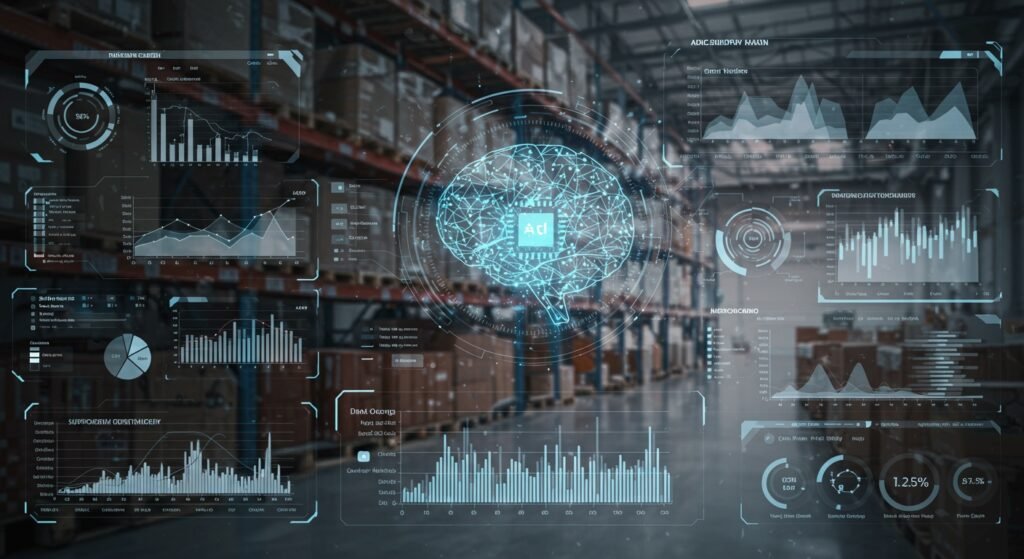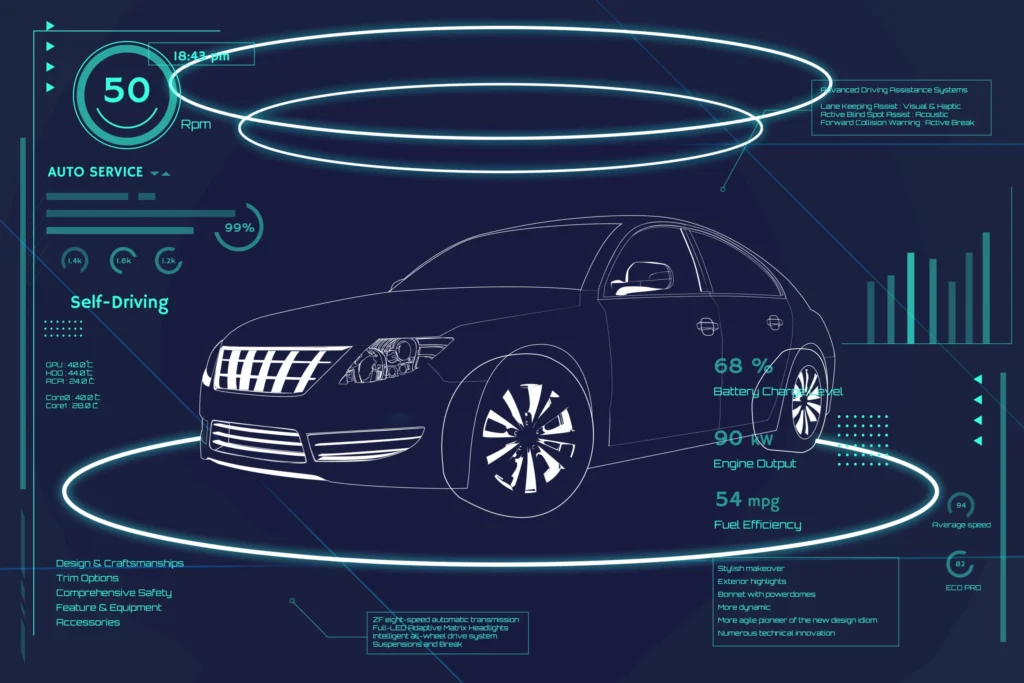In today’s rapidly evolving business landscape, precise planning is not just an advantage; it’s a necessity. Businesses are constantly seeking innovative ways to predict future market needs and optimize their operations. This is where AI-Powered Demand Forecasting emerges as a game-changer. By leveraging the immense capabilities of artificial intelligence, companies can move beyond traditional guesswork, achieving unprecedented accuracy in predicting consumer demand, optimizing inventory, and streamlining supply chains. This article will delve into the profound impact of AI on demand forecasting, highlighting its core principles, tangible benefits, and practical applications in various industries, especially in industrial engineering.
Table of Contents
- The Core Principles of AI-Powered Demand Forecasting
- Key Benefits for Modern Businesses
- Implementing AI-Powered Demand Forecasting in Industrial Engineering
- Future Outlook and Continuous Innovation
The Core Principles of AI-Powered Demand Forecasting
At its heart, AI-Powered Demand Forecasting utilizes advanced machine learning algorithms to analyze vast datasets, identify complex patterns, and make highly accurate predictions about future demand. Unlike conventional statistical methods that often struggle with high dimensionality and non-linear relationships, AI models can learn from diverse data sources, including historical sales, economic indicators, weather patterns, social media trends, and even competitor activities.
Machine Learning Algorithms
The backbone of AI forecasting lies in sophisticated machine learning algorithms. These include regression models, time series analysis techniques (like ARIMA, Prophet), neural networks, and ensemble methods such. Each algorithm offers unique strengths, allowing for a versatile approach to tackling different types of demand patterns—from stable, predictable products to highly volatile or seasonal goods. For example, neural networks excel at uncovering hidden correlations in massive datasets, leading to more robust predictions.
Data Integration and Analysis
Effective AI demand forecasting relies heavily on robust data integration. Businesses must consolidate data from various internal systems (ERP, CRM, POS) and external sources (market data, socio-economic indicators). AI platforms then process this data, cleaning it, transforming it, and extracting meaningful features that contribute to predictive power. This holistic view enables a more accurate and nuanced understanding of demand drivers.
Key Benefits for Modern Businesses
The advantages of adopting AI in demand forecasting are numerous and impactful, translating directly into significant operational efficiencies and financial gains.
Enhanced Accuracy and Reduced Waste
AI models significantly reduce forecast errors, leading to more precise inventory planning. This precision minimizes overstocking (reducing carrying costs and waste) and understocking (preventing lost sales and customer dissatisfaction). For perishable goods, this can mean a dramatic reduction in spoilage.
Optimizing Inventory Levels
By accurately predicting demand, businesses can maintain optimal inventory levels. This frees up working capital, reduces warehousing costs, and improves cash flow. It ensures that the right products are available at the right time, without unnecessary excess.
Adapting to Market Trends
AI’s ability to quickly identify emerging patterns and shifts in consumer behavior or broader market trends is invaluable. It allows businesses to be agile, adjusting production and procurement plans in real-time, staying ahead of competitors, and capitalizing on new opportunities. Understanding these trends is crucial for long-term growth.
Improving Customer Satisfaction
Consistent product availability, reduced lead times, and the ability to meet fluctuating demand directly translate to higher customer satisfaction. AI-driven forecasting helps ensure that customer expectations are not just met, but often exceeded, fostering loyalty and repeat business.
Implementing AI-Powered Demand Forecasting in Industrial Engineering
For sectors like industrial engineering, where complex supply chains, long lead times, and high-value components are common, AI-Powered Demand Forecasting is transformative. It allows engineers to predict demand for parts, equipment, and raw materials with unprecedented accuracy, optimizing production schedules and reducing operational bottlenecks. This leads to more efficient resource allocation and better project management.
Implementing AI solutions requires a strategic approach, often starting with pilot projects, ensuring data quality, and fostering collaboration between IT, data science, and operational teams. Understanding the nuances of specific industry needs is paramount for successful deployment. For further reading on advanced forecasting techniques, you can learn more about AI research in this field.
Common AI Models in Demand Forecasting
| AI Model | Application in Demand Forecasting | Benefit |
|---|---|---|
| Regression Analysis | Linear and non-linear trend identification | Predicts sales volumes based on historical data |
| Time Series Models (ARIMA, Prophet) | Seasonal and cyclical pattern recognition | Forecasts future demand considering time-dependent factors |
| Neural Networks | Complex pattern recognition in large datasets | High accuracy for volatile demand, incorporates many variables |
| Ensemble Learning | Combines multiple models for improved robustness | Reduces overfitting and enhances overall predictive power |
Moreover, AI supports proactive decision-making. Imagine an industrial engineering firm that can accurately foresee the demand for a specific rare earth metal. They can then secure supplies at favorable prices, preventing production delays and maintaining competitive advantage.
Future Outlook and Continuous Innovation
The field of AI-Powered Demand Forecasting is continuously evolving. As AI models become more sophisticated and data availability increases, we can expect even greater precision and the ability to integrate real-time external factors, such as live traffic data or immediate social media sentiment. The future promises a truly adaptive and autonomous forecasting landscape, further cementing AI’s role as an indispensable tool for strategic business planning.


